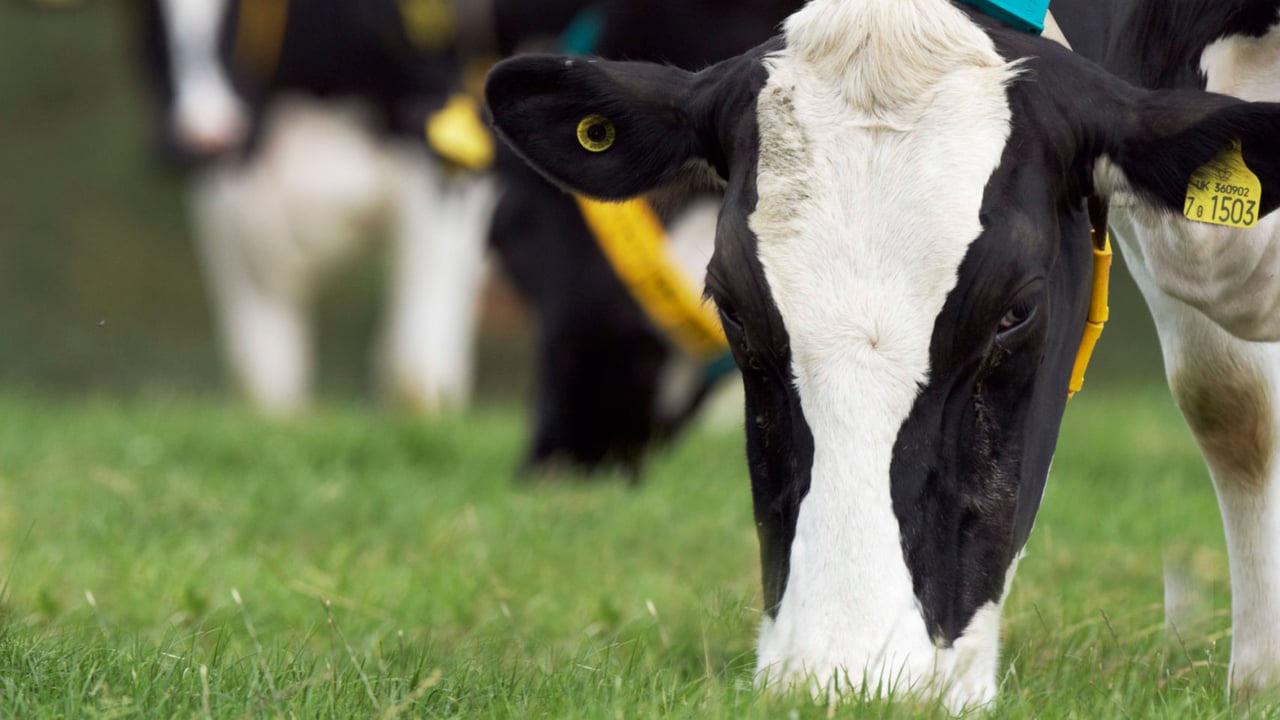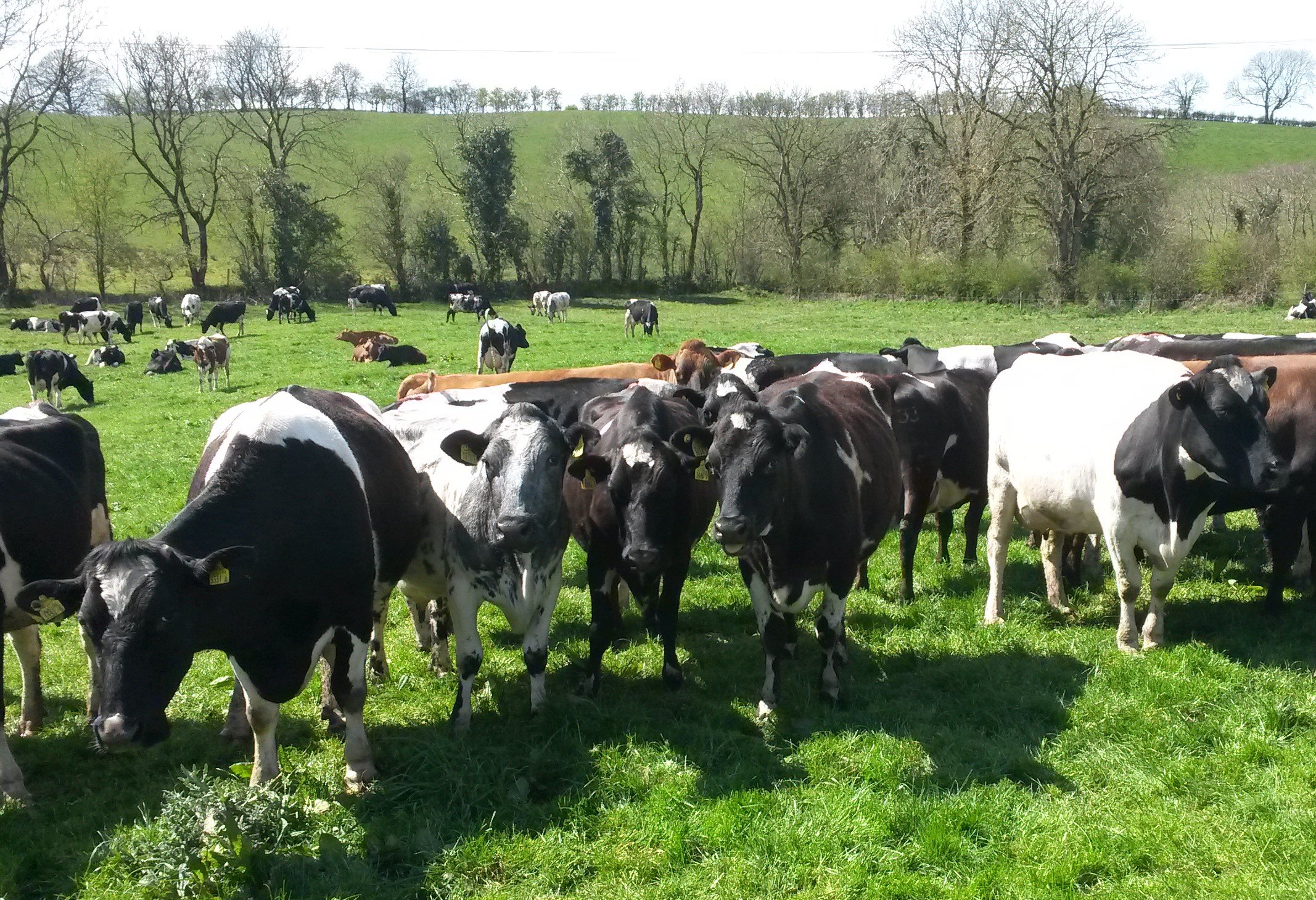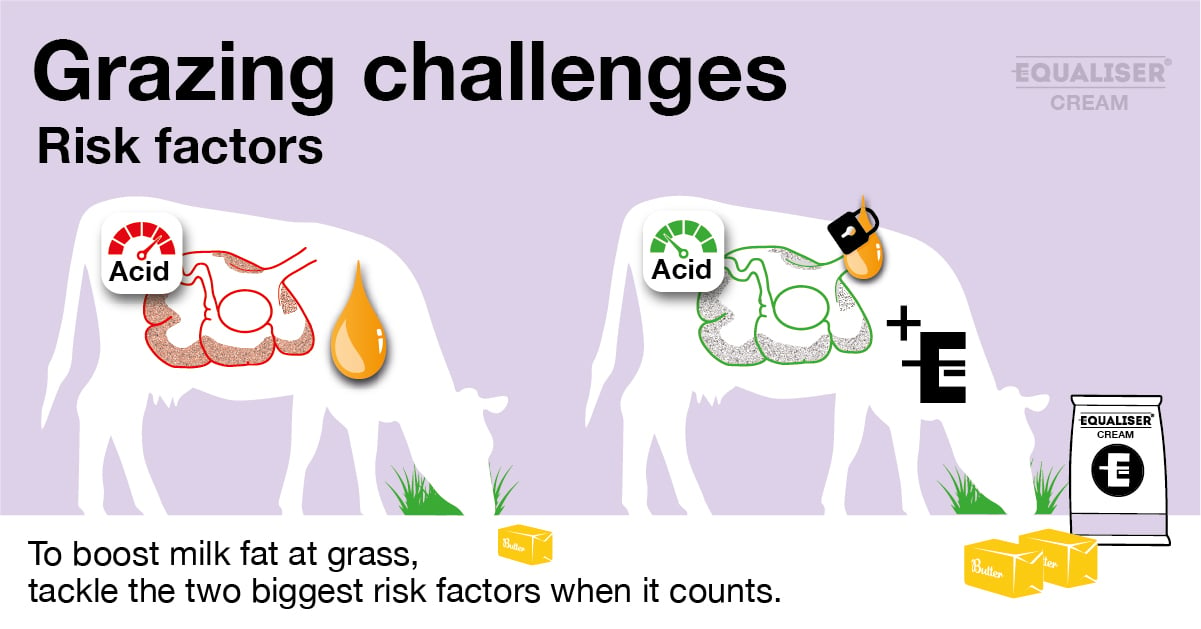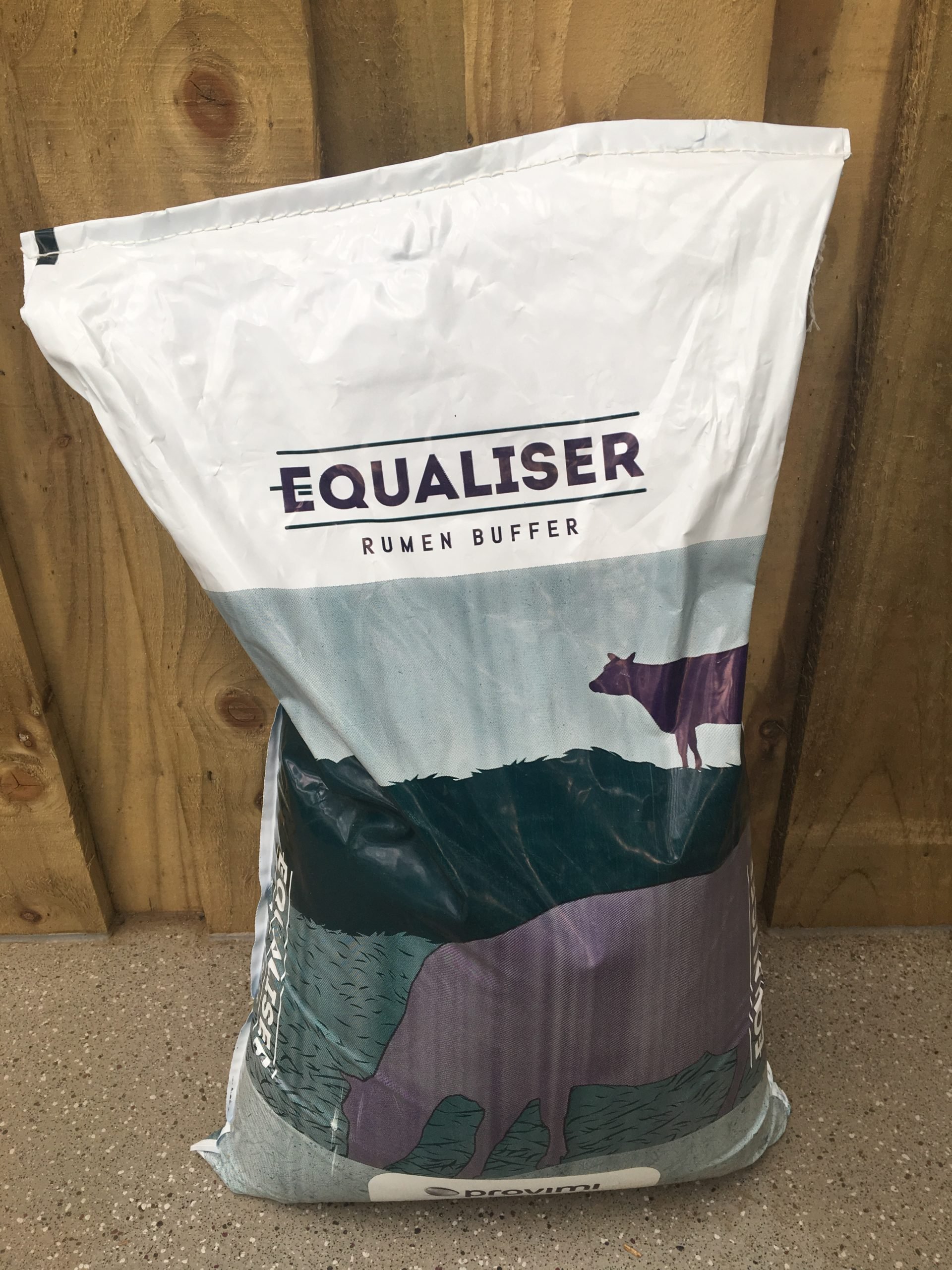Sponsored Article
Recoup the milk fat dip at turnout
Sponsored Article

Nothing beats the sight of cows out grazing, but the downside of turnout can be milk fat depression, particularly in spring and early summer.
Farmers can help to reduce this depression and keep milk quality on track through spring and summer, when cows are on a grass-based diet by including the specialist feed product - Equaliser Cream.
Data from the Irish Cattle Breeder's Federation (ICBF) shows that 40% of Irish herds produce milk with less than 3.6% milk fat during the grazing season - and 10% will produce milk with less than 3.1% milk fat.
Milk fat drops of 0.5% are typically seen in April and May, with the average depression of 0.35% from April to August.
This is an estimated loss in income of €0.40c cow/day early in the season, and around €0.36c cow/day across the five months from April to August.
Used on a grass-based dairy unit, including Equaliser Cream in the diet from early May was shown to reverse the typical 0.5% decline in milk fat seen at turnout each year, and keep levels on track around 4% throughout the risk period.
In milk value, the return on investment of including Equaliser Cream in the diet is 3:1.
The milk fat dip
The high oil content in young, leafy grass, causes the milk fat depression in dairy at turnout. This spring and early summer grass is 50% richer in unsaturated fats than a typical winter ration, and it is the highest fat-content diet a cow will normally be fed.
Also, the structural fibre in fresh grass is low with highly digestible fibre and sugar levels are high. This can cause a reduction in rumen pH, creating acidic conditions.
The combination of the acidic conditions and the high oil content in fresh grass creates a ‘perfect storm’ in the cow’s rumen, which disrupts the cow’s pathways to produce milk fat.
Under these conditions, the excessive dietary oil is converted to conjugated linoleic acid (CLA) – an oil that disrupts fat-production pathways and causes a depression in milk fat. The high oil content of diets and the acidic rumen conditions created by the ration pose the two biggest risks associated with milk-fat depression.
Managing milk fat
While most nutritional solutions aimed at maintaining milk fat tackle rumen pH, Equaliser Cream targets the causes of the depression.
Developed by Cargill, this feed product combines unique ingredients, including a proven rumen buffer and a fermentation product, and provides a two-pronged approach.
Cargill’s rumen buffer Equaliser has a buffering capacity more than double that of sodium bicarbonate and it is longer lasting. This helps to maintain rumen pH.
The ‘cream components’, that include the fermentation product Diamond V, reduce CLA production in the rumen and ‘normalise’ the oil conversion pathways. Combined, these two modes of action provide a very reliable way of improving milk fat.
Results from a grazing herd, where cows experienced a drop of 0.5% in milk fat in spring and where levels stayed at or below 3.5% while at grass, and typically failed to recover during the grazing season, the addition of Equaliser Cream reversed the drop very quickly – in a matter of days – and brought levels back up to the 4% level.
This herd also found increased diet digestibility, seen in more consistent manure and an elimination of undigested grains.
Feed rate and value
(Fed at a rate of between 100g and 150g/cow/day.)
Equaliser Cream is a powder available in 25kg bags and can be fed via a TMR or added to blends or compounds.
Cargill on-farm trials have shown that Equaliser Cream represents a return on investment of 3:1.
Tips from UCD
Speaking on Cargill’s ‘Capturing the Cream’ webinar, Finbar Mulligan from University College Dublin (UCD), offered the following recommendations:
Learn more
To find out more about Equaliser Cream and how your herd and dairy business could benefit mitigating a drop in milk fat in spring and early summer, contact Cargill:
By phone: +353 45 875726
Via email: [email protected]
Or visit their website www.provimi.eu/uk-equaliser.
Sponsored Article








